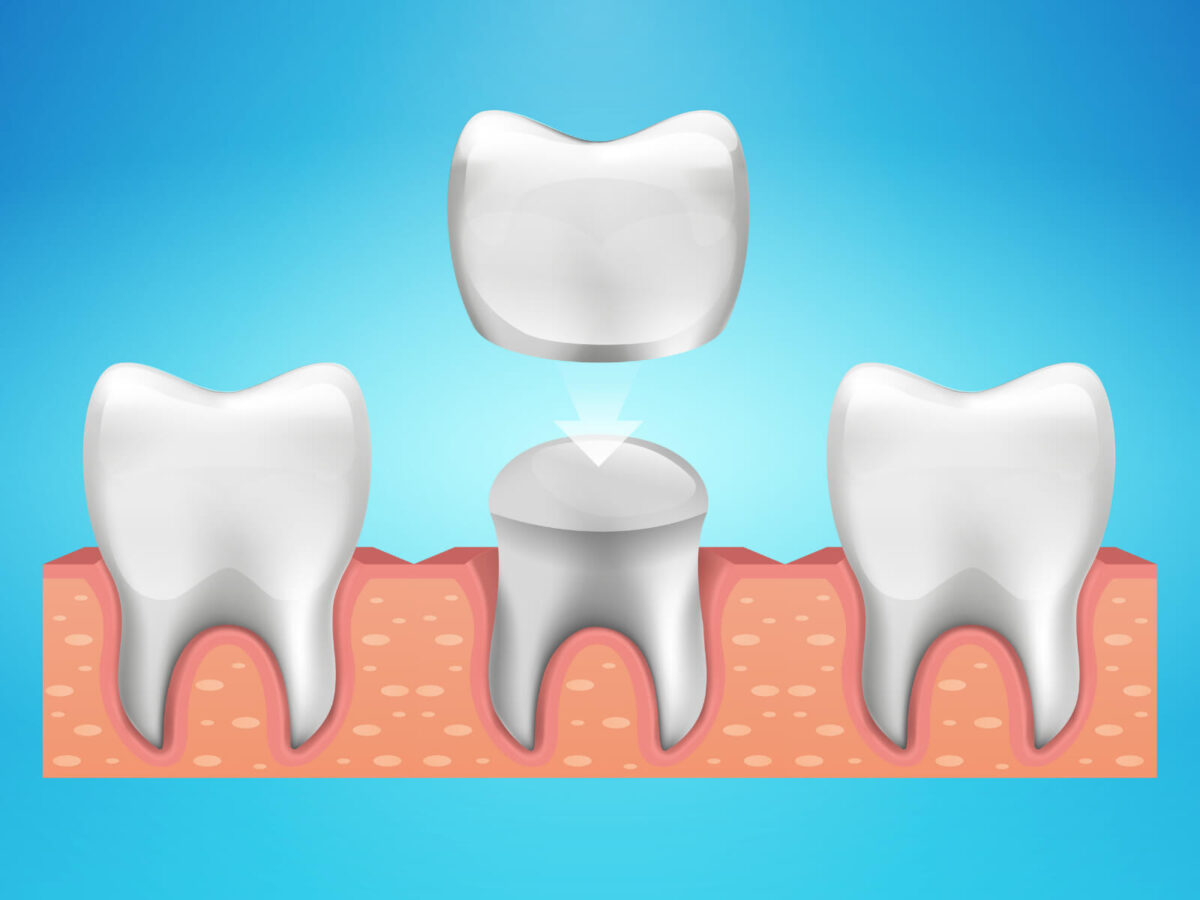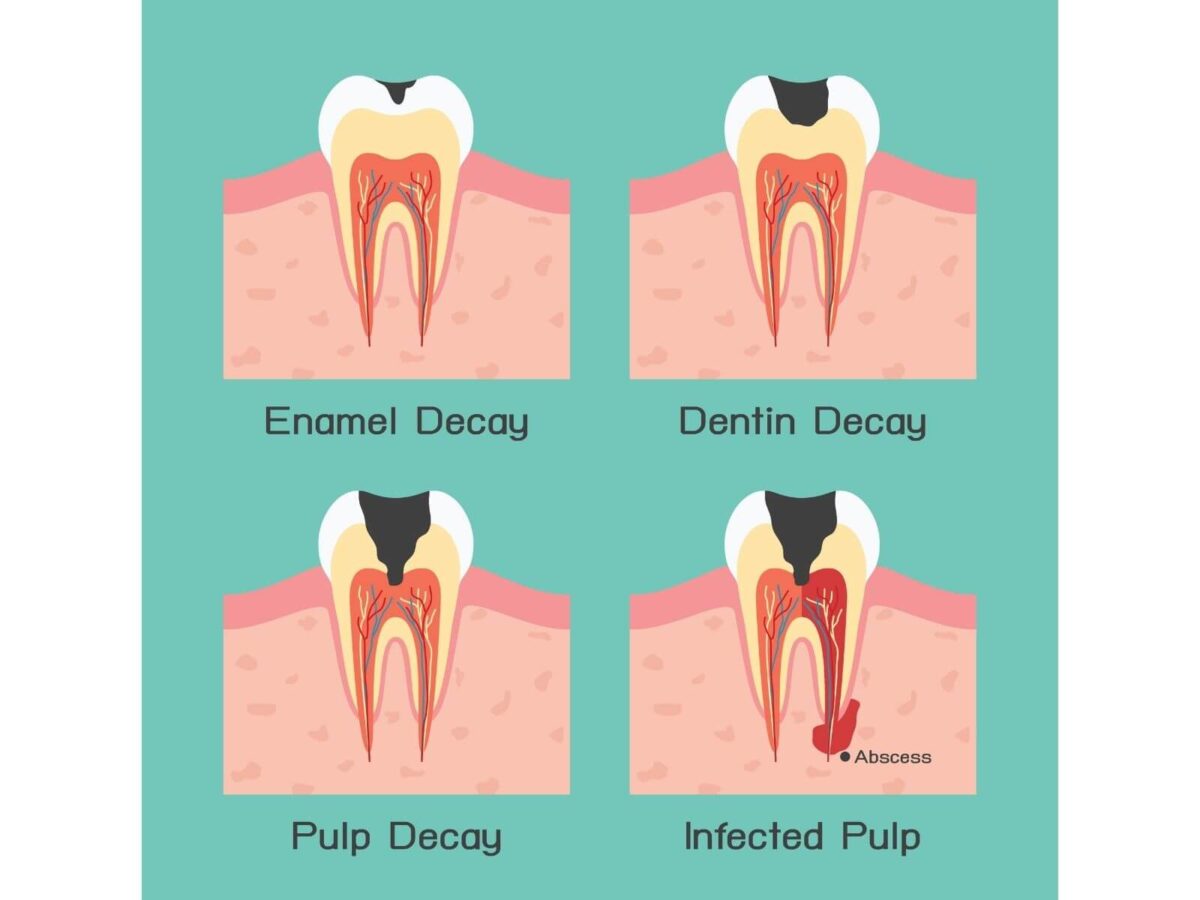Let’s get real, no one gets excited about going to the dentist. And when you hear the word “crown,” your first thought might be cost, time, or just plain confusion. But here’s the truth: dental crowns are one of the most common tools dentists use to protect and restore your teeth when simple fillings just won’t cut it.
So, what makes a crown necessary? And how do you know if your tooth actually needs one?
Whether you’re already dealing with a cracked molar or just curious, this blog walks you through five clear reasons why your dentist might suggest a crown and how it plays a key role in tooth restoration.
1. Your Tooth Is Cracked or Chipped
Whether it’s biting into something too hard, clenching your jaw at night, or dealing with years of grinding. Habits like these slowly wear down your teeth and make them weaker over time.
Once a tooth is damaged too much and a filling won’t help, that’s when a crown often becomes the best way to keep it together. It wraps around the tooth and gives it structure, so it can take pressure again without falling apart.
Dentists at places like Victoria Dentist TX clinics often recommend crowns for cracked or worn teeth, not just to fix the problem, but to prevent it from turning into something worse.
2. You’ve Had a Root Canal
If you’ve had a root canal recently, chances are that a crown is next.
Root canals remove the infected pulp from your tooth, but the structure after becomes more fragile. That’s where a crown steps in; it protects the tooth and keeps it functional for a long time.
It works like a permanent helmet for your tooth. Without it, the risk of losing that tooth goes way up.
3. You Have a Large Filling That’s Starting to Fail
Fillings are considered good for small cavities, but when they cover a lot of a tooth, they can make it weak. In the long run, the tooth may start to fracture around the filling, or the filling itself might loosen or fall out.
In cases like that, a crown isn’t just a fix, it’s an upgrade. It replaces the failing filling and adds strength to the remaining structure.
If this sounds like something you’re dealing with, professionals at places like Victoria Dental Office TX usually recommend a crown before the tooth breaks further or becomes painful.
4. You Need to Replace a Missing Tooth with a Dental Implant or Bridge
Crowns are not only used to repair teeth, they’re also a key part of replacing them.
If you’ve ever had a dental implant, the part you actually see, the new “tooth,” is just a crown sitting on top. Same thing with dental bridges. The crowns act like anchors, holding the whole thing steady by attaching to nearby teeth.
Crowns in this context don’t just look like real teeth; they function like them, too. And when placed properly, they’re strong enough to last years without issues.
5. You Want to Improve the Look of a Tooth That’s Discolored or Misshapen
While most crowns are used for functional reasons, they can also be a cosmetic upgrade.
Some teeth are discolored so much that whitening treatments can’t handle it. Others might be misshapen or shorter than they should be due to injury or genetics. In those cases, a crown can improve the appearance of your smile while also adding structure and protection.
If you’re looking for both function and aesthetics, a custom-made crown can do both, and it blends right in with your natural teeth.
What Are the Real Dental Crown Benefits?
In addition to solving the immediate problem, here’s what crowns bring to the table:
- Protection: They keep weak or damaged teeth from getting worse
- Durability: Most crowns last 10–15 years or longer with proper care
- Function: You can bite and chew like normal, without pain or worry
- Appearance: They’re custom-made to match your natural teeth
- Confidence: No more avoiding certain foods or hiding your smile
That’s why many patients seeking tooth restoration go with crowns. It’s not just about fixing the issue, it’s about restoring normalcy in the most natural-looking way possible.
How Do You Know If a Crown Is Right for You?
Not all dental problems don’t come with pain and discomfort. Sometimes things feel totally fine until your dentist finds something you didn’t even notice. That’s why routine checkups matter. Dentists can often spot cracks, weak spots, or worn fillings before they turn into something bigger.
Some signs to watch for:
- Your tooth hurts when you bite down
- You’ve chipped a tooth recently
- You’ve had a root canal and haven’t followed up
- You’re missing a tooth and looking into replacements
The best way to know for sure? Get it checked by a professional. If you’re in the area, a quick visit to a Victoria Dentist TX could be the easiest way to find out what’s going on and how to fix it.
Final Thoughts
Sure, they’re called crowns, but they’re not just fancy. They’re one of the go-to fixes when a tooth is in trouble. Whether you’re patching up a root canal, dealing with a weak tooth, or just want your smile to look better, a crown can seriously help.
And the process isn’t as intimidating as it sounds. In many cases, it can be done in just two visits, giving you a stronger, better-looking tooth without the stress.
If you’re curious about whether a crown is right for your situation, don’t guess. Visit a Victoria Dentist TX to get an expert opinion and start your path toward a stronger, healthier smile.






